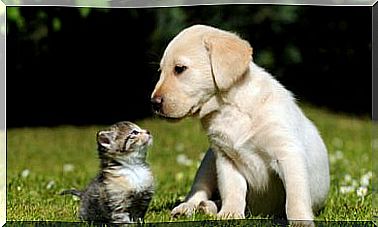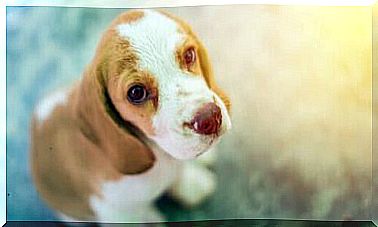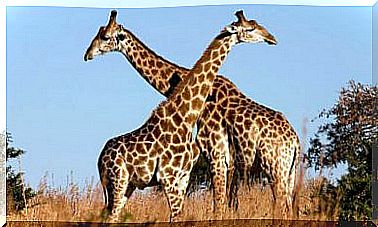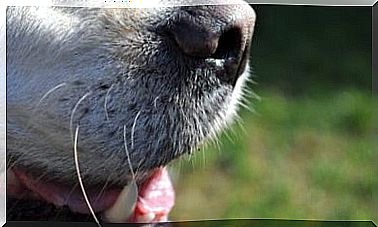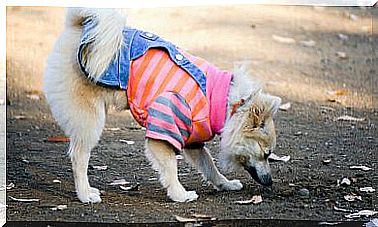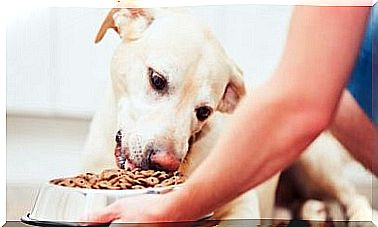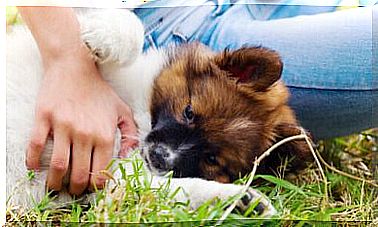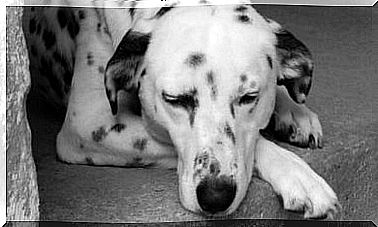The Use Of Dogs In Therapy For The Elderly

Numerous studies have shown that having a pet is beneficial to health.
It is a relationship that allows powerful connections with a being that depends exclusively on us and, many times, the simple experience of sharing life with them ends up being the cure.
In fact, they are commonly used as support for different treatments. Today we are going to talk a little about the use of dogs in therapy for the elderly.
There are several entities that use dogs to help elderly people with diseases such as Alzheimer’s and senility, also to help them in their daily work or simply to accompany them during some moments of the day.
They claim that the use of animals is beneficial, both physically and psychologically.
to fight loneliness

It would not be correct to say that old age and loneliness are linked. In fact, there are many families that stay close to their elderly members, there are also friendships that are maintained throughout life, there are also elderly people with a very active social life.
However, either because her friends and family live far away, have died or, unfortunately, have ignored her, there are special situations in which a person must face old age alone.
In these cases, it is very common to use dogs as a way to provide good company, because they transmit warmth and affection, as well as become a being that will accompany them for the rest of their lives.
It is also therapeutic when fighting depression. Dogs tend to do things or take actions that lead to laughter and can convey humor even in the toughest of times.
Something you should also consider is the healing power of caresses. Petting a dog produces a series of stimuli in our brain, stimulates the production of endorphins, which makes us feel relaxed and helps control stress.
Stimulate social interaction
The development of diseases that affect the proper functioning of certain areas of the brain end up affecting the way in which a person interacts with others.
Sharing life with dogs has been proven to encourage the social nature of people who are socially isolated because of a disease or condition. In fact, this type of stimulation is effective and recommended also for children as an autism therapy.
feel useful
Something that is particularly important in using dogs in therapy for the elderly is the sense of usefulness and responsibility of those who have to take care of a pet.
Due to phase conditions, such as loss of vision or motor skills, as well as the weakening of bones and muscles and tissue degeneration, the person may feel useless as they stop their activities.
For this reason, adding a dose of extra activities, such as walks, food and having to play with your furry, will significantly improve the well-being and quality of life of the owner, not to mention that physically it is highly recommended, because they will be required to carry out such activities.

The types of dogs used in therapies
Normally, for this type of therapy, dogs with noble and loyal personality are used, who are also athletic, have the strength and will to work.
It is important that the chosen dog responds quickly to orders. Dogs that are more affectionate than those that are extremely independent are also preferable. In addition, the breed must be recognized as balanced dogs.
Within this group are the members of the Retriever family, the Collie and a good variety of sheepdogs, as they all adapt well to home life, but also to a more active life, besides being always very willing to work and to meet their owners’ needs.
Despite this, dogs used for therapy need some form of training, particularly as they are normally of a large breed and can end up injuring a patient unintentionally.
In Retrievers, the mania of jumping on people should be especially worked on and, in shepherds, exercising them correctly to avoid the accumulation of energy, a product of anxiety.
